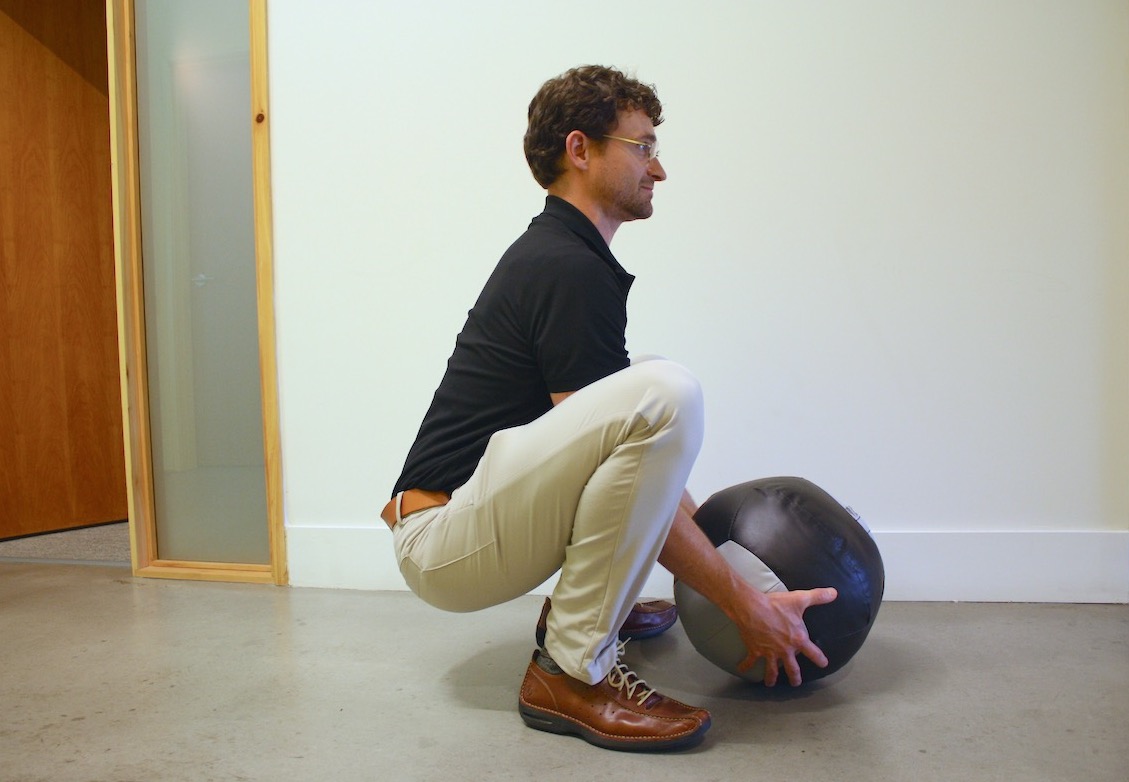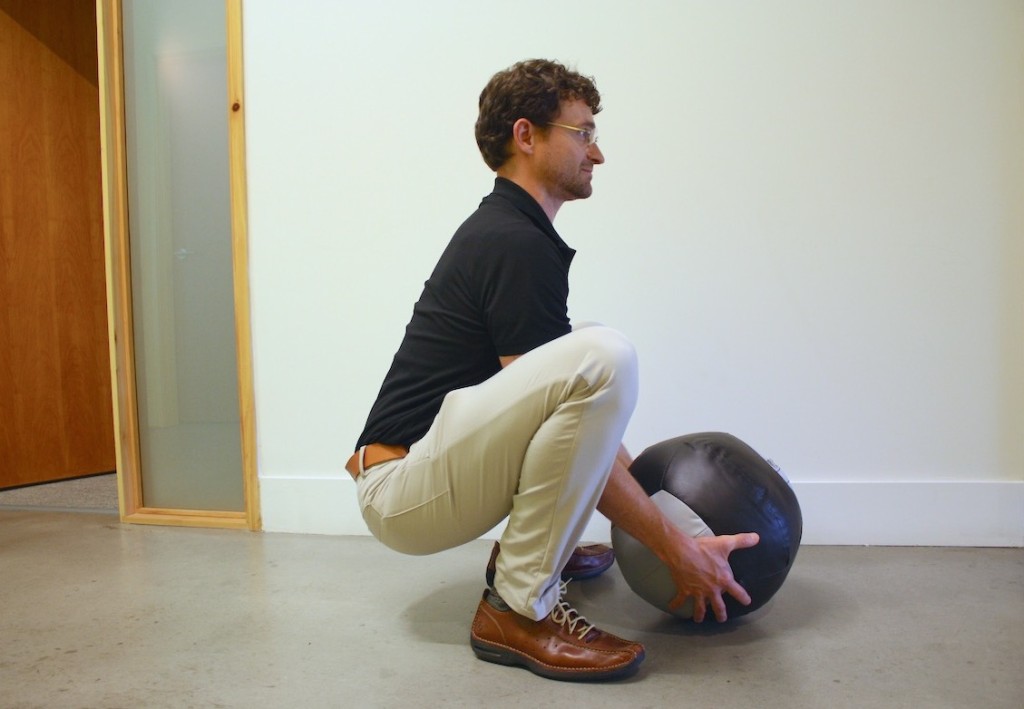
Stiffness and general discomfort. Dull, burning sensations. Excruciating, incapacitating muscle spasms. Back pain can take a lot of different forms. But no matter what type of pain you’re feeling—you just want it to go away so you can be comfortable again and go about your life.
A key first step is understanding what might be causing your pain and then seeking appropriate care that will treat the cause. Read on for 5 common causes of back pain and some tips for avoiding them.
Is your back hurting? You are not alone.
Hopefully, this is the first time you’ve experienced back pain. Either way, it’s a common ailment. Globally, back pain is the number one cause of disability, accounting for nearly 33 percent of work-related disability cases.1
It’s no wonder, when you consider the biomechanical complexity of the spine and surrounding muscles, and ligaments—along with all of the nerves in the area. Practically all bodily movements involve the spine. Moreover, depending on the type of work you do and the activities you’re into, there are lots of opportunities for general wear and tear or sudden injuries. Since our backs don’t come with a manual, however, it’s often hard to know what went wrong when pain starts. Fortunately, back pain is typically mechanical and can be treated, unlike more serious conditions, such as broken bones, arthritis, or cancer.2
Here are 5 common causes:
- Acute Trauma
If you’ve been in a car accident or injured while playing sports, you likely remember the moment your pain began. Traumatic back injuries often result from sudden movements, impacts, and can damage joints, muscles, ligaments, and nerves. Understanding the specific causes of your pain is crucial for ensuring an effective recovery.Tip: If you’ve experienced trauma recently, don’t wait to get an examination. Schedule an appointment to find out what’s going on and get proper treatment. Waiting can lead to lingering pain or issues down the road. If you have waited and are experiencing lingering pain, a chiropractor should also be able to help.
- Poor Posture/Weak Core
How many people nearby you right now are sitting or standing with good posture? Probably not many.Being told to sit or stand up straight is one of those pieces of advice that can be annoying—until you start to experience back pain and begin to realize why it’s important.
The frustrating reality, however, is that standing, sitting or even lying in poor positions for extended periods of time can lead to negative adaptations in your spine. We’re not talking about a few minutes of slouching in a chair or lying in an awkward position on the couch for one evening. Rather it’s about weeks, months and years of bad habits.
For example, sitting at work for 8+ hours a day hunched over a computer keyboard leads to body adaptations that in turn can lead to injurious compensation patterns and pain. How? In the case of sitting in a poor position, your core has to do very little work to hold your spine erect and at the same time, your hip flexors and other muscles and ligaments on the front of your body are getting weaker and shortening. And these types of adaptations can lead to stresses on your spine that are uncomfortable or cause premature wear and tear.
Tip: Try to be mindful of your posture and make a conscious effort to avoid slouching while sitting or standing. If you sit at work, consider getting a standup desk.
- Biomechanical Problems
Biomechanical problems, including stuck joints and muscle spasms, can be related to the previous two issues or things like repetitive motions at work or in a favorite activity or sport. For example, it’s not uncommon for someone who sits at work and runs for fun to have tight hips, weak glutes, and often a fairly rigid lower spine and weak core. This combination of inflexible joints and weak muscles systems means that the spine isn’t well protected. When these types of factors are present, seemingly harmless movements can lead to intense muscle spasms because your body is trying to protect your spine. Fortunately, with the right treatment and exercises, these types of issues can also be managed. - Poor Lifting Habits
Lifting habits matter because picking up even light objects can put a lot of stress on your spine—especially if you reach or twist awkwardly. Depending on your general flexibility and strength throughout a many different joints and muscles, one poor lifting movement can instantly lead to a lot of pain from a muscle spasm or even lifelong injuries, such as a herniated disc.Tip: Try to always maintain a correct, stable position when you go to lift or put down something. Don’t get in a habit of bending over with your spine to pick up lighter objects (and definitely avoid any twisting). Instead face and stand close to objects and lift them using your legs while keeping your spine straight. Use the same approach to put things down.
- Cumulative Wear and Tear
Unfortunately, like any piece of machinery, our bodies only have so much life in them before parts start to break down. And depending on your lifestyle, genetics and a host of other factors, your back pain may be the result of cumulative wear and tear. For example, it’s not uncommon for discs in peoples’ lower back may dry out and shrink or compress as they age, resulting in stiffness and nerve pain. Add in issues related to any of the causes above, or factors such as being overweight, and you can start to see how wear and tear can add up.Fortunately, however, there are noninvasive ways to treat the pain associated with wear and tear, and your chiropractor can help.
As always, if you have questions about back pain or want to schedule an appointment, call us now at 503-227-2279.
Sources:
1 Serena Gordon, Low Back Pain Leading Cause of Disability Worldwide: Study, HealthDay, March 25, 2014.
2 Back Pain Facts & Statistics, American Chiropractic Association.

